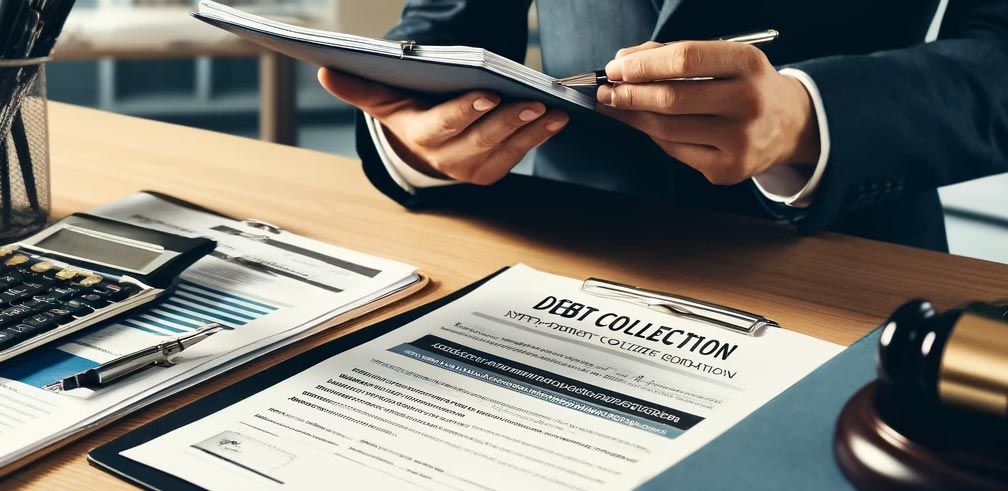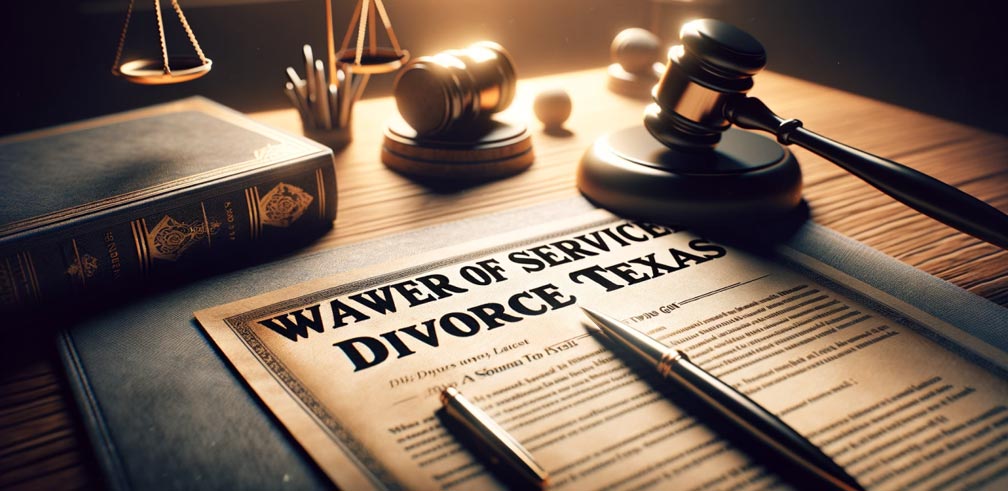Personal Rehabilitation for Self-Employed vs. Corporate Rehabilitation: Criteria and Differences
무거운 짐이 가벼워지는 순간은 법적 권리에서 시작됩니다. 용기 내어 손을 내밀어 보세요.

Since the COVID-19 pandemic, the debt of self-employed individuals has soared past 1,000 trillion won. With high interest rates and economic recession, the ability of self-employed individuals to repay principal and interest has continuously worsened. The government’s debt repayment deferral measures, which had acted as a lifeline, have now reached their limits in this dire situation.
According to the Bank of Korea, the debt of vulnerable self-employed individuals with multiple debts and low credit, owing to more than three financial institutions, has reached 104 trillion won. South Korea has one of the highest proportions of self-employed workers, accounting for 20% of the total working population among advanced countries, which calls for urgent expansion of the basic social safety nets for these individuals.
The self-employed business closure rate has been declining since 2016 (14.2%), dropping to 10% in 2022. However, the business closure rate for 2023 rose by 0.9 percentage points to 10.8%, meaning that for every 10 self-employed businesses, 8 closed. According to Statistics Korea, in the first eight months of 2023, there were 5.63 million self-employed individuals, making up 19.7% of the total employed population of 28.54 million. The proportion of self-employed and unpaid family workers among non-wage workers decreased significantly from 68.5% in 1963 to 22.8%.
The situation for self-employed individuals facing mounting debts cannot be ignored. Many self-employed people, unable to sustain their businesses due to falling sales, resort to high-interest loans, only to see their debt balloon and eventually lead to business closures or bankruptcy.
In such cases, it is important to stop borrowing from friends and acquaintances, cut costs, and quickly review personal rehabilitation or corporate rehabilitation options when there is a business profit. Personal rehabilitation for self-employed individuals is divided into personal rehabilitation procedures and general rehabilitation procedures, with the latter resembling corporate rehabilitation procedures.
Personal Rehabilitation System
The personal rehabilitation system allows individuals in a state of insolvency to receive debt discharge after paying a fixed amount over 3 to 5 years, provided they have a certain amount of income.
The eligibility requirements include having a regular and stable income from business activities, with a maximum debt limit of 1.5 billion won for secured debt and 1 billion won for unsecured debt. The repayment period lasts for a minimum of 36 months and a maximum of 60 months. Real estate-secured debts and arrears such as taxes and unpaid wages are almost fully repaid, while the remaining debt can be discharged up to 90%.
Business operations, such as credit card payments, continue without interference, and personal rehabilitation can proceed without having to liquidate assets. If the business is insolvent and has more debt than assets, and if no discharge has been granted before, personal rehabilitation can proceed after five years.
General Rehabilitation System
The general rehabilitation system applies to self-employed individuals with significant debt and involves a process similar to corporate rehabilitation. Rehabilitation aims to reconstruct the business and continue operations to repay debts, whereas bankruptcy focuses on liquidating assets and fairly distributing the proceeds to creditors.
In general rehabilitation, a self-employed individual with unsecured debt exceeding 1 billion won or secured debt exceeding 1.5 billion won can apply, provided they receive the consent of creditors and meet certain conditions. The repayment period lasts for 5 years, with a maximum of 10 years.
Unlike personal rehabilitation, in general rehabilitation, secured debts can also undergo rights changes, and creditors must approve the rehabilitation plan by a majority vote. This process is similar to corporate rehabilitation procedures, which are used by individuals such as doctors, lawyers, architects, entertainers, and self-employed workers with large debts.
Simplified Rehabilitation for Small Business Owners
Since July 1, 2015, a simplified rehabilitation procedure has been introduced for small business owners whose total debt does not exceed 5 billion won. This simplified procedure aims to streamline the process for self-employed individuals with fewer and simpler debts, reducing the time and costs typically involved in rehabilitation procedures.
In simplified rehabilitation, the investigation and review procedures are simplified, and the approval requirements are more relaxed. A simpler investigation and lower advance payments for the investigator's fees make this process less costly and quicker compared to regular rehabilitation procedures.
Bucheon Personal Rehabilitation Lawyer 개인회생 상담 신청
끝없는 빚의 터널 속에서도 빛은 있습니다. 개인회생과 파산은 절망이 아닌 희망의 과정입니다. 변호사는 당신의 곁에서 그 길을 열고, 당신이 다시 서도록 돕는 이정표가 되어줄 것입니다.
이혼 전문 법률사무소
http://www.divorcekorea.com/
이혼 전문 법률사무소는 이혼 및 가사 소송과 관련된 전문적인 법률 서비스를 제공하는 플랫폼으로, 이혼, 양육권, 위자료, 재산분할 등 다양한 가사 문제에 대한 상세한 정보를 제공합니다. 특히, 이혼 절차와 관련된 구체적인 가이드와 법적 조언을 통해 복잡한 상황에서도 명확한 방향성을 제시하며, 전문 변호사들의 ··
무료법률상담 전문 변호사
https://lawis.tistory.com/
무료법률상담 전문 변호사 블로그는 법률과 관련된 다양한 주제를 다루는 전문 블로그로, 개인회생, 파산, 이혼, 형사 소송 등 실생활과 밀접한 법률 정보를 제공합니다. 특히, 복잡한 법적 절차와 개념을 쉽게 이해할 수 있도록 상세하고 체계적으로 정리된 글들이 돋보입니다. 또한, 실제 사례와 구체적인 조언을 ··

